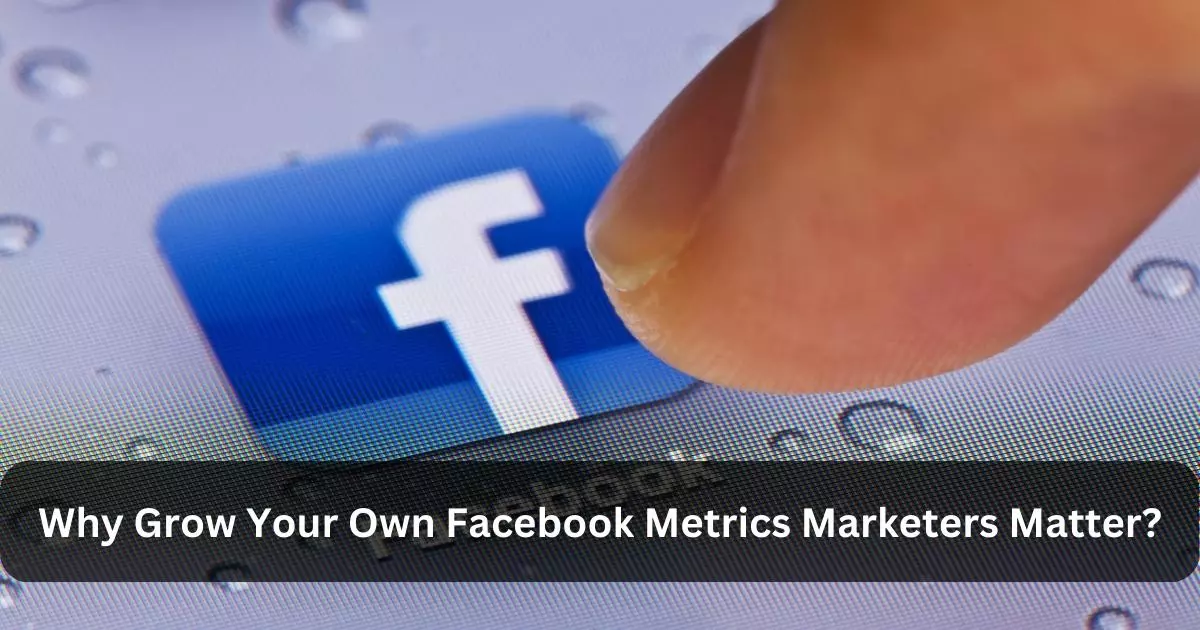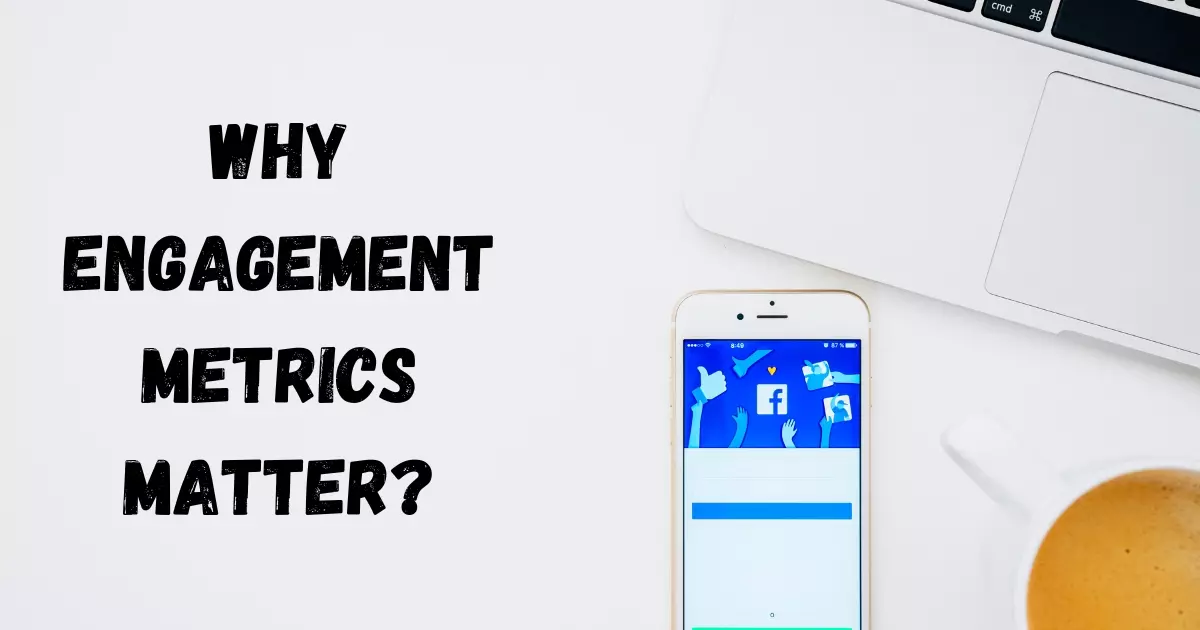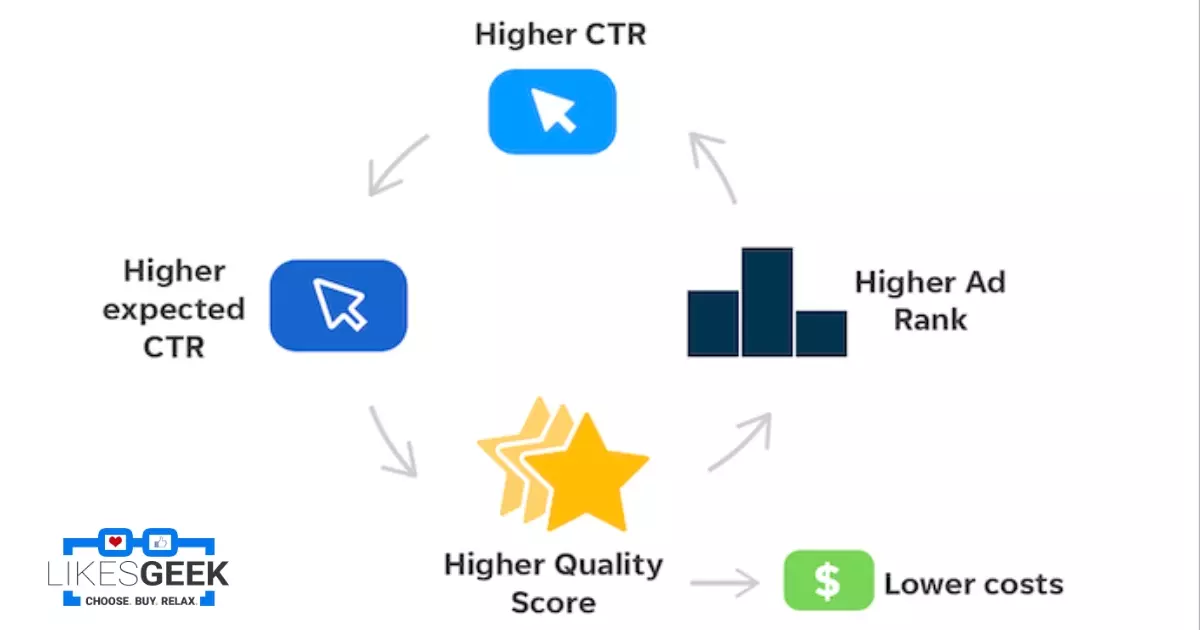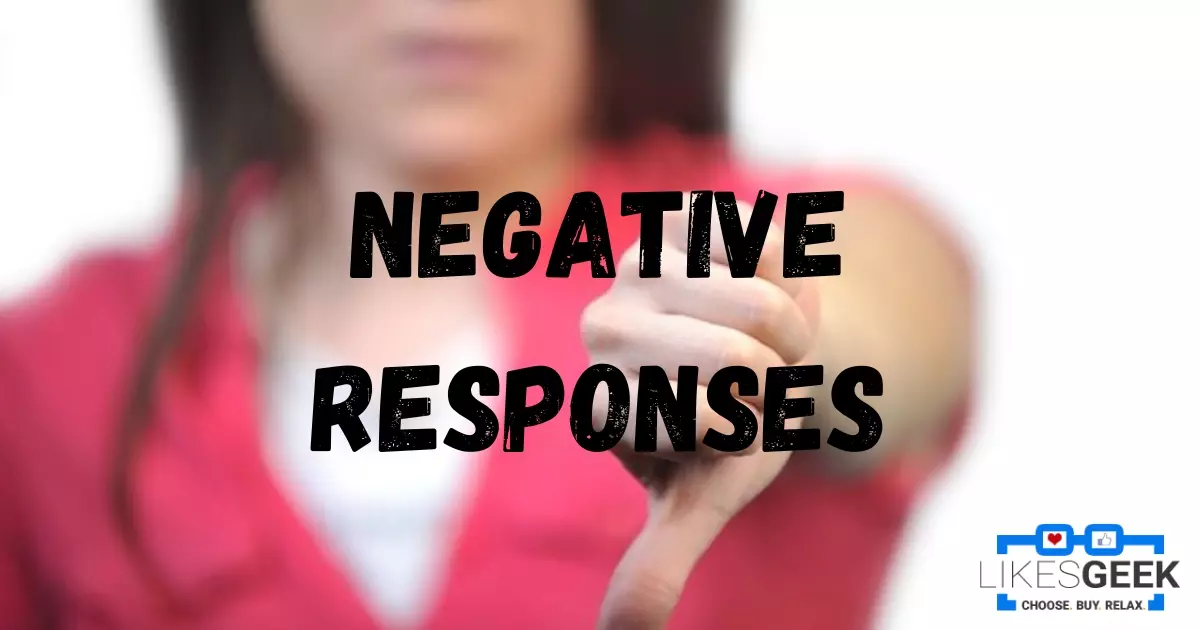As a Facebook Metrics Marketers, you know that you can only control what you can measure. Even though it sounds complicated, you must measure the performance of your Facebook Page.
Here are the six major metrics you must track to assess the performance of your Facebook Page, as well as its purpose.
1. Reach of Fan
Fan reach is just the number of your Page’s followers that have seen a particular post. This is “organic” reach, meaning that it only accounts for views that occurred immediately and not as a result of a friend’s or fan’s action, for example, a like, share, or remark. “Viral” views represent the views that emerge from a friend’s actions.
Why Fan Reach Facebook Metrics Marketers Matter?
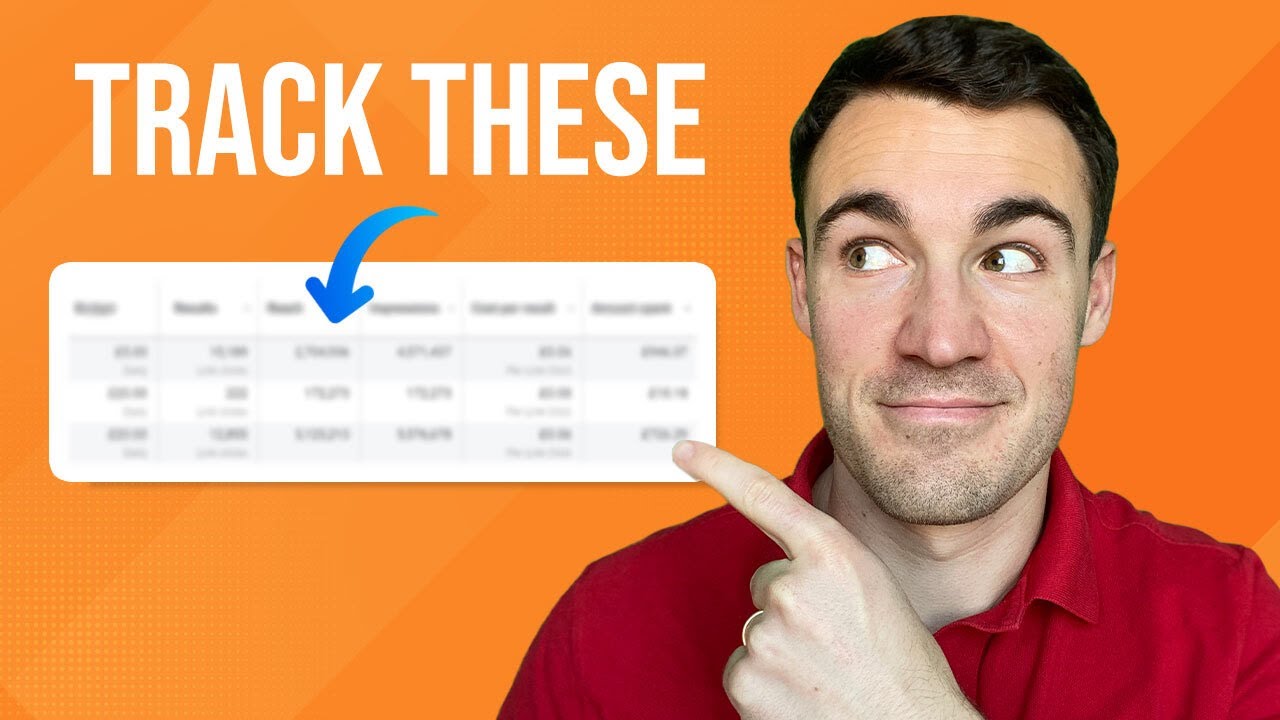
The fan reach per post is likely the most relevant metric. It is a crucial indicator. It enables you to assess the value of your material to your viewers and recognize the caliber of your audience.
A following acquired through a captivating contest will rapidly hide your postings from their newsfeed. If they don’t unsubscribe themselves, Facebook’s Edge Rank algorithm will notice that they aren’t interested and remove them from your posts.
Fan reach is a critical sign of your Facebook Page’s health. The greater the caliber of your viewers and the greater the appeal of your content, the greater the number of fans (and potential followers) you will attract.
2. Grow Your Own
The amount of people who have viewed a post, both fans, and non-fans, is known as the post’s organic reach. Similar to how only views that are not a result of a friend of a fan’s activity are counted in a user’s fan reach.
You May Like: Top 7 Facebook Marketplace Alternatives You Should Try Today
The main difference between fan reach and this figure is that organic reach includes views from people who aren’t Page fans but have accessed your page directly or via a widget.
Why Grow Your Own Facebook Metrics Marketers Matter?
Your organic reach analytics can assist you in identifying strategies to increase the organic visibility of your content.
This may be the result of insufficient promotion of your fan page through other sources. If your website, blog, and newsletter are not drawing new, non-fan readers, the difference between organic and fan reach will be small.
Increase your Page’s organic reach by promoting it on additional channels, if this is the case.
3. Engagement
Facebook defines engagement in terms of post-level data as “the number of people that clicked anywhere on your content.”
This includes those who have liked, commented on, and shared your content, as well as those who have seen your videos or visited your links and photographs. In it also includes those who have interacted with your post in some way, such as by clicking on a commenter’s profile, liking the remark, visiting your page, or reporting the post.
Users who have visited this material from anywhere are engaged.
Why Engagement Metrics Matter?
If you’re serious about tracking your Page’s success, the second most crucial indicator to focus on is engagement, whether that’s “active” engagement like comments, likes, and shares or “passive” engagement like viewing the video, zooming in on a photo, or clicking a link.
It is not enough for a large number of individuals to view your updates. You must ensure that the material you provide to your audience piques their attention. And participation is the only quantitative indicator of interest.
4. Currently Talked About
This metric is included in the engagement metric. Therefore, the number of “people discussing” a post is added to the number of “engaged” users with that post.
Only likes, comments, and shares are measured by the “currently talked about” metric.
The difference between “people talking about this” and the engagement statistic is that “people talking about this” displays the number of your fans who have demonstrated interest in their friends.
Why Currently Talked About This Metric Matter
This is the famous metric. One of the reasons you probably created a Facebook Page was to connect for free with the contacts of your existing fans. The “people talking about this” measure is the most accurate indicator of how many individuals are willing to recommend you to their friends.
Facebook may alert a user’s friends when they like, comment on, or share a post from your Page. I emphasize “may” since Facebook is limiting the reach of these items.
5. Rate of Click-Through
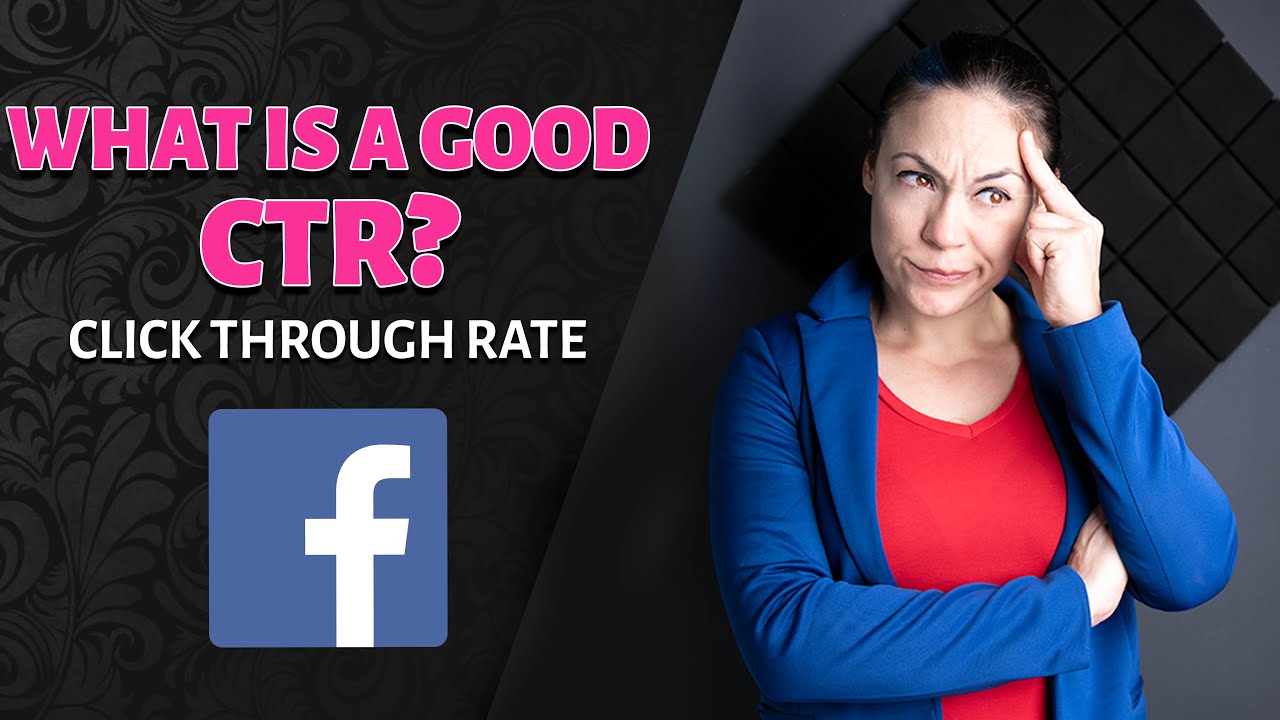
Here is a unit of measurement that you are undoubtedly familiar with! The CTR (click-through rate) has existed on the web for years. It is used to evaluate the efficacy of email marketing efforts, banner ads, and search engine ads.
The amazing news is that it has an identical meaning on Facebook. Click-through rates indicate the number of individuals who have opened a link inside your material, viewed your video, or viewed a bigger version of your image.
Why Click-Through Metrics Matter
It is useful to know how many people may have viewed your material, but it is even more useful to know how many of them became interested enough to take action on it, as described above.
The most important thing, though, is to find out how many people paid attention to what you had to say. This includes things like checking out your photo or link and playing your video.
The number of clicks is the ultimate indicator of how well-accepted your content is, watch it closely.
6. Negative Responses
Negative response is when a fan dislikes your content. It could be a particular post, future posts, disliking your Facebook page, or reporting it as fraud.
Simply explained, the negative feedback metric measures the number of individuals that dislike your content or its appearance in their newsfeed.
Why Negative Responses Metrics Matter?
Facebook has emphasized negative feedback since September 2012. Posts with high negative feedback will have reduced Edge Rank exposure, and pages with high average negative feedback will lose reach over time. Keep negative reviews low if you want to gain from Facebook marketing.
The only way to truly comprehend your negative responses metric and compare the information you have for your different articles is to calculate a percentage score based on the number of individuals who provided negative feedback and the total number of impressions for a specific post.
You will be given a percentage that makes perfect sense because it takes into account the post’s prominence and allows you to compare results across posts.
Measuring Facebook Page performance manually using Facebook Insights or Excel can be difficult. Starting in that manner may help you grasp where the data originates from and what it implies.
I work at Likes Geek as a marketing researcher and journalist with over 5 years of experience in media and content marketing. With a demonstrated history of working in the international news and financial technology publishing industries. I manage content and the editorial team at Likes Geek.



